The post 10 Best Seed Catalogs To Help You Get Your Garden Started appeared first on Gracious Gardening.
]]>Many of these catalogs offer you information and products that you cannot get in your own neighborhood. People who run these companies are usually very family friendly and will go the extra mile to give you exceptional customer service. Here are the 10 best seed catalogs that you should add to your gardening library.
Bountiful Gardens
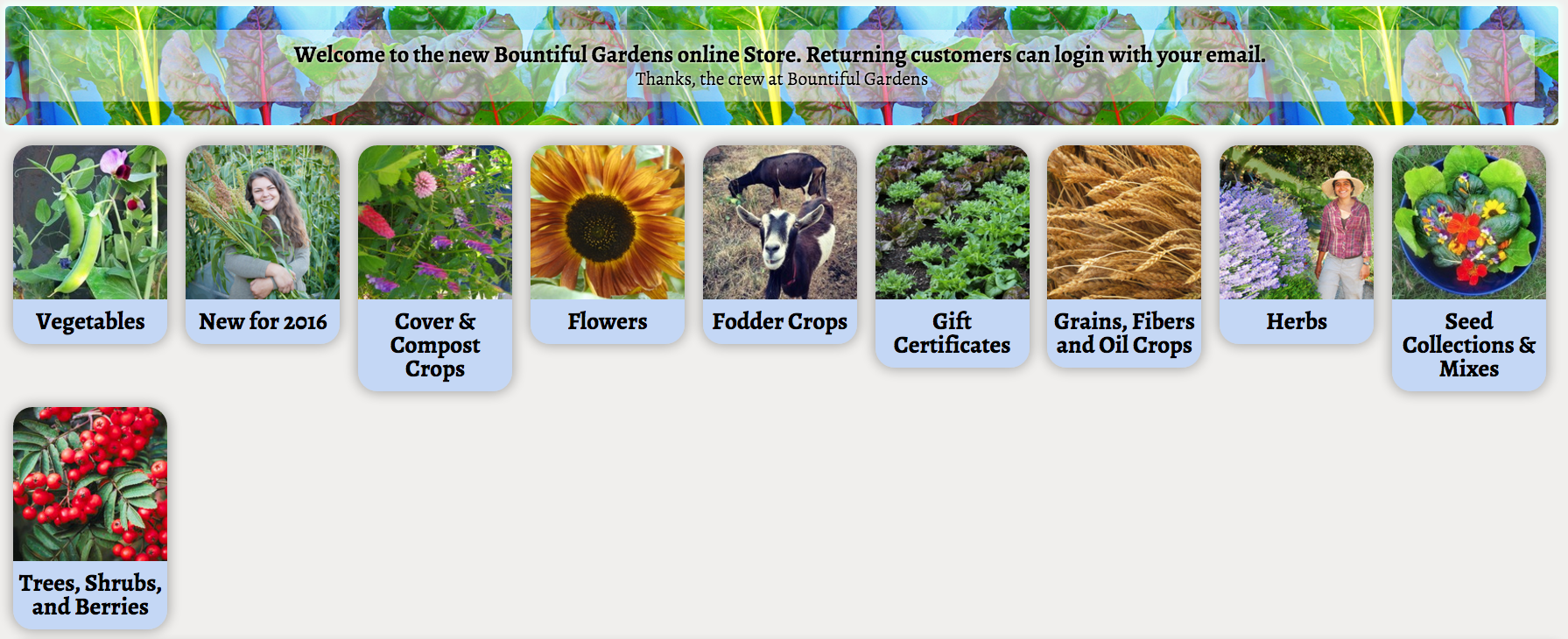
They can supply you with organic as well as nonorganic seeds. As a nonprofit they are dedicated to teaching you a better way of gardening.
The Cook’s Garden
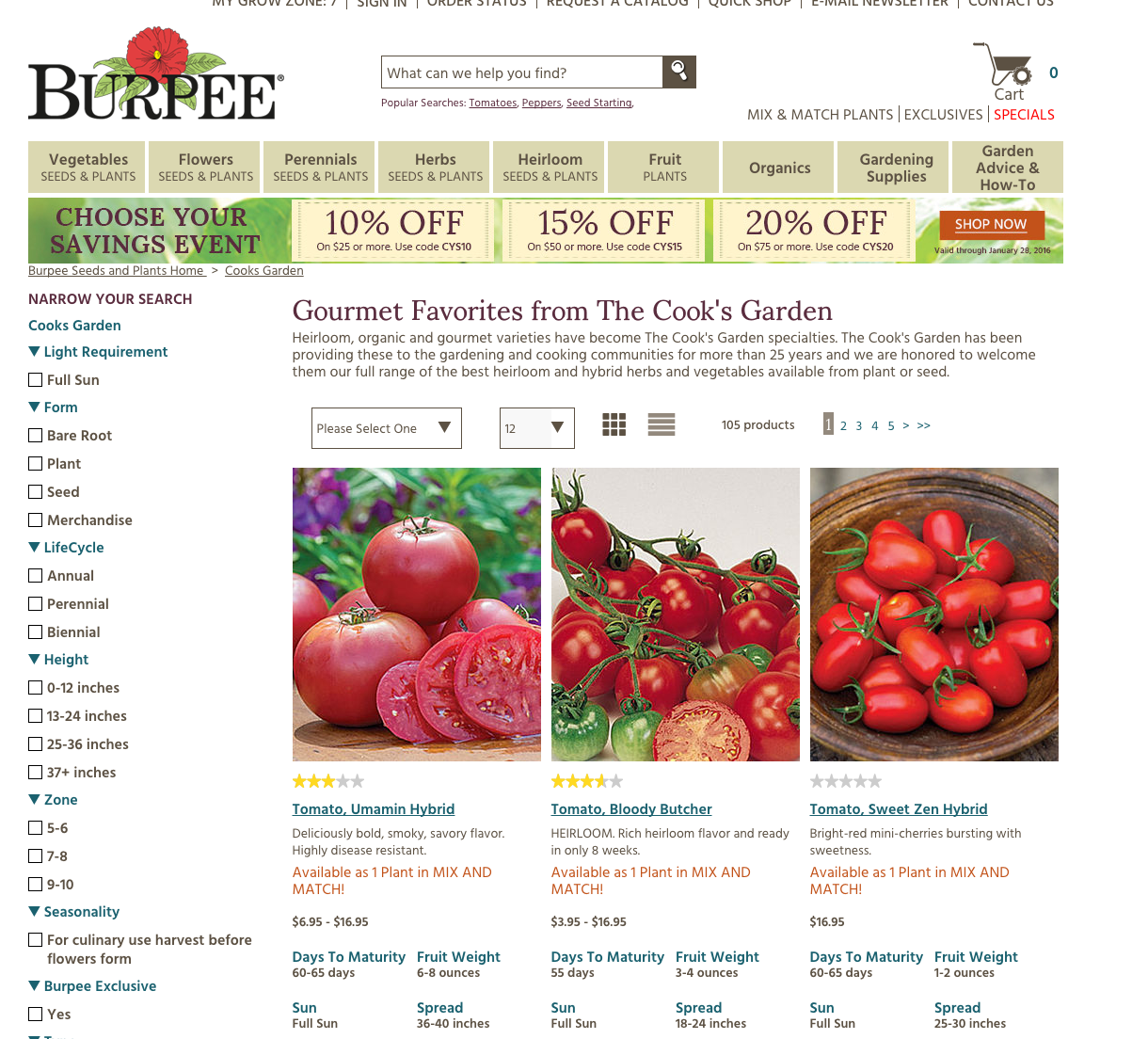
They have the ability to provide you with 50 varieties of lettuce and mixed greens. It is a vegetarian’s paradise.
Fedco Seeds
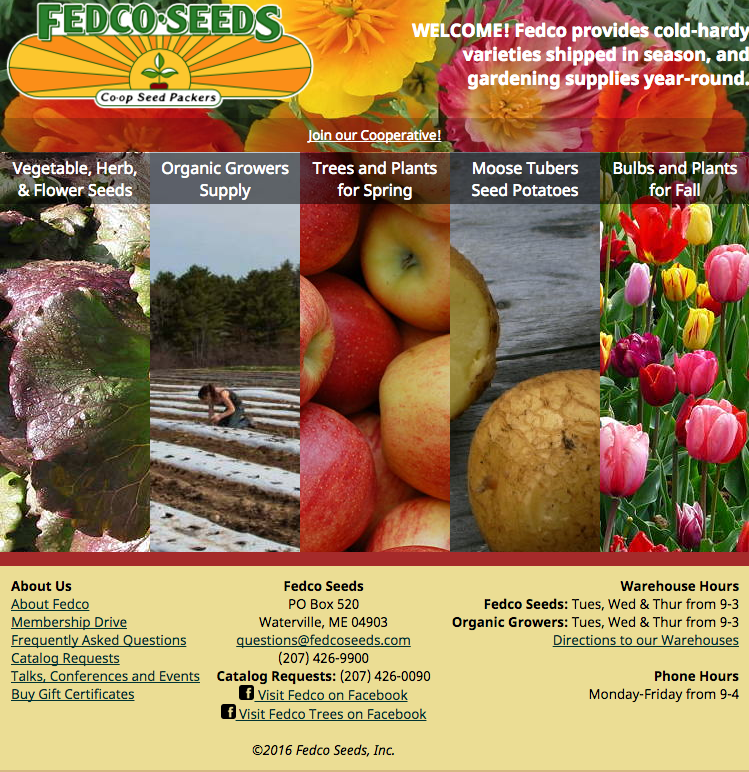
They are a cooperative that gives the customers the bigger profit, so you would highly benefit as their consumer. They have a great variety of products to choose from at great prices.
Nichols Garden Nursery
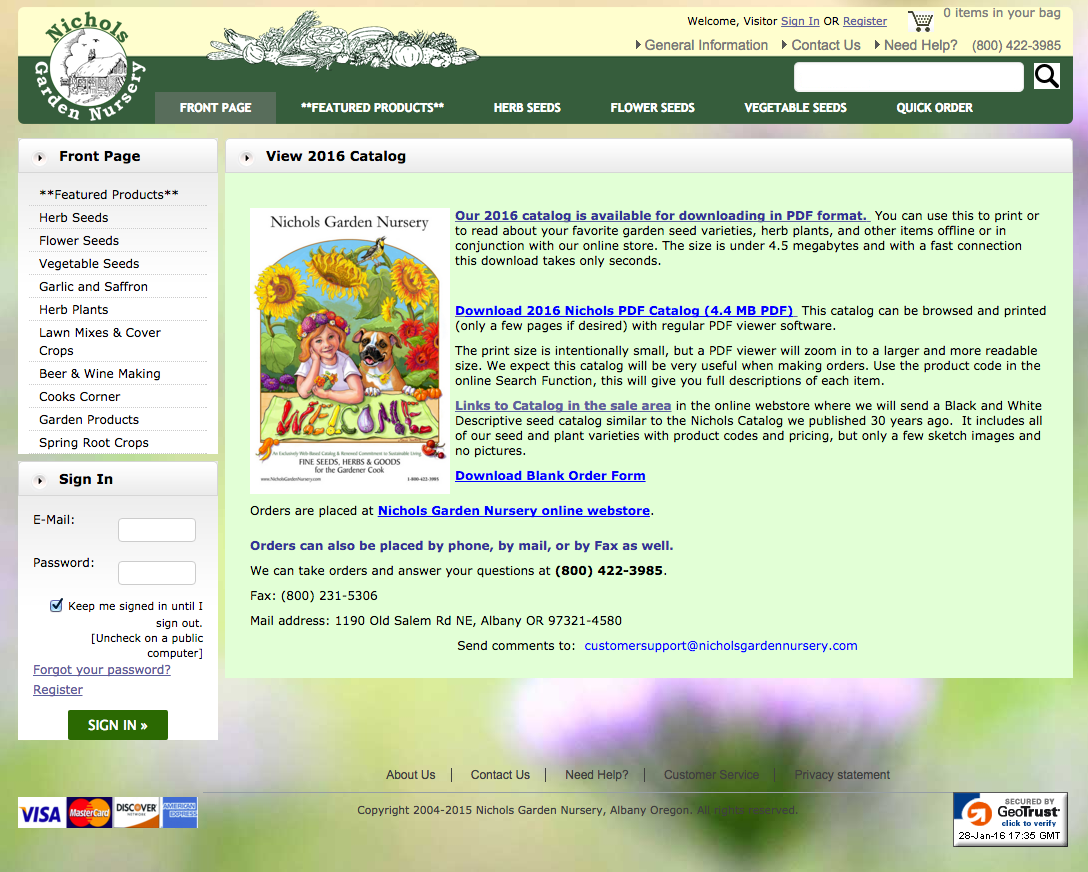
They have been around for over 50 years providing high quality products.
Peaceful Valley Farm Supply
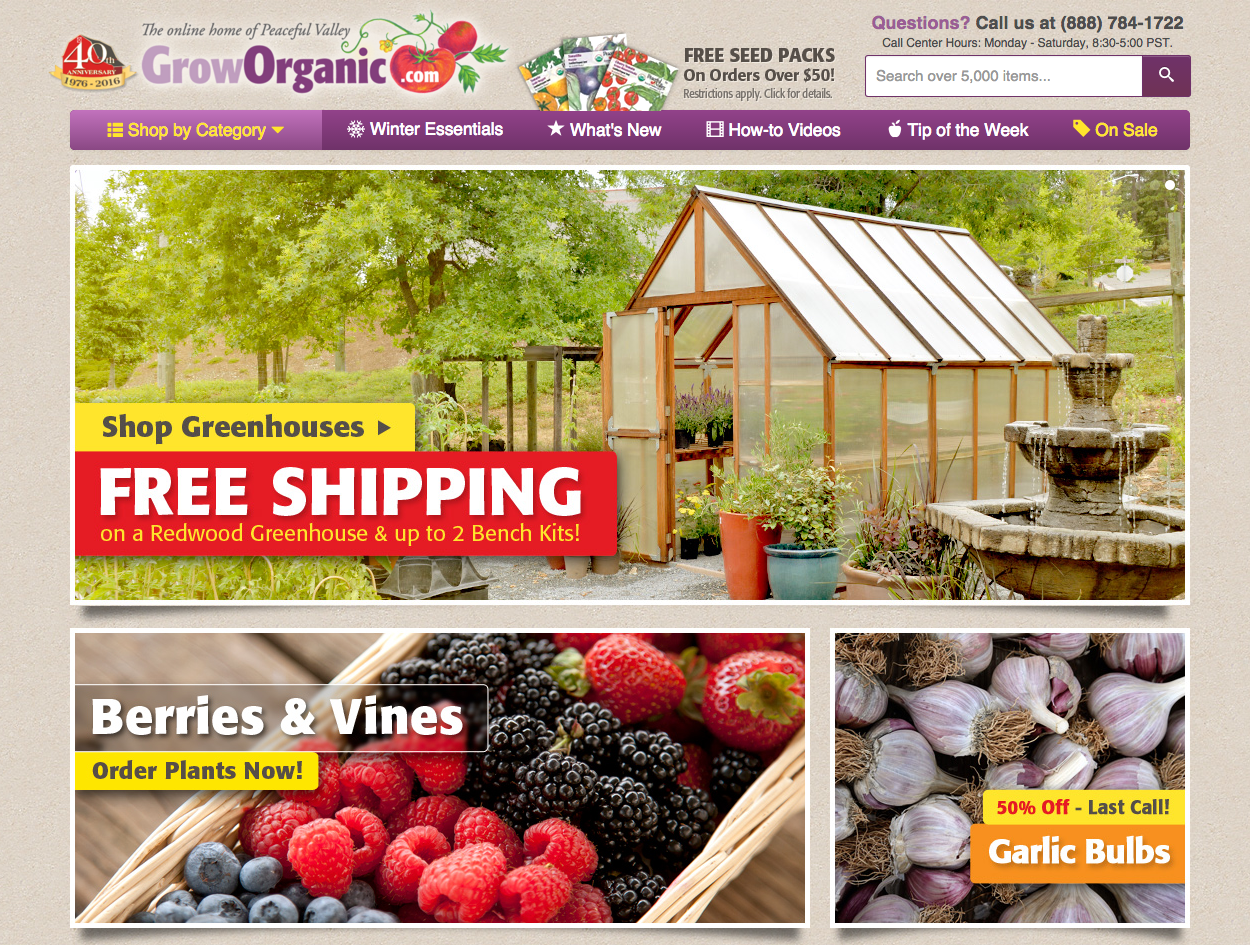
Get everything you need in one place because they have it all. It’s perfect for organic farmers.
Redwood City Seeds
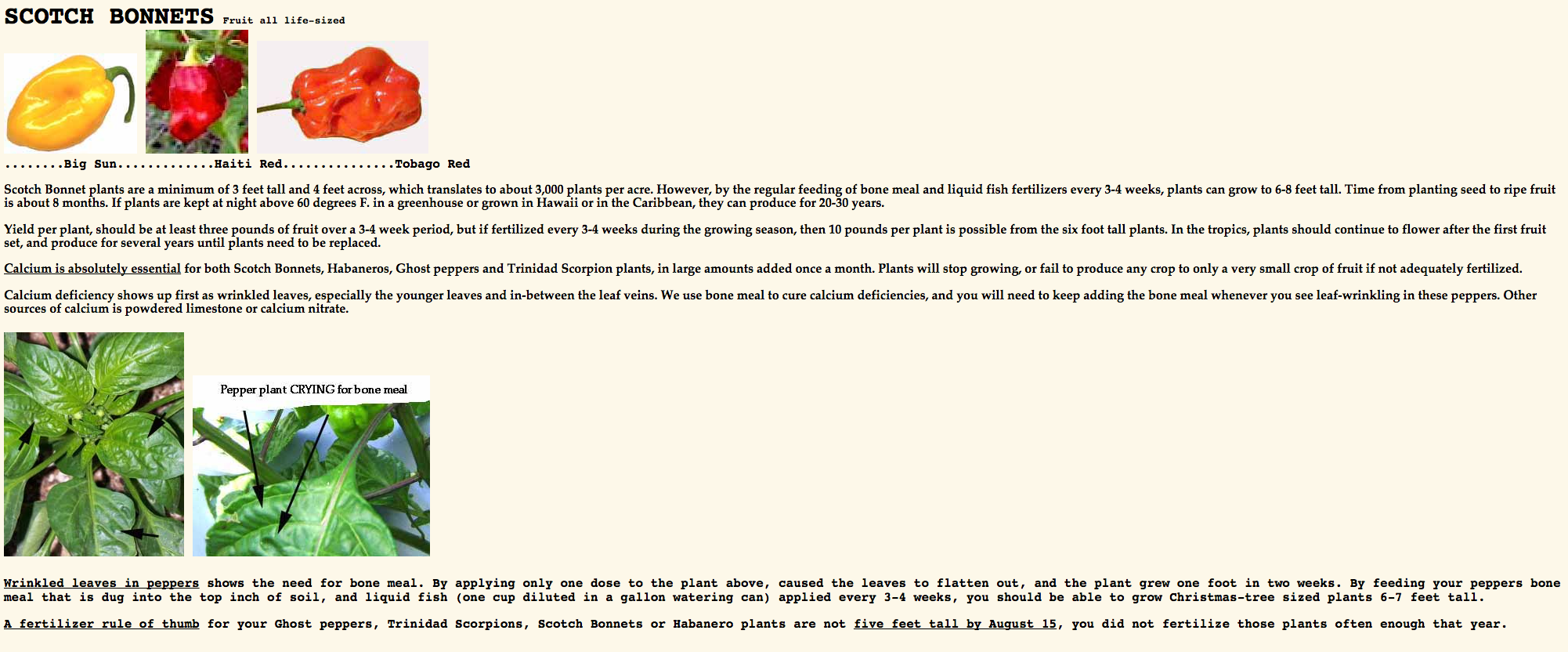
The place for hot peppers and endangered cultivated plants should be on your list.
Salt Springs Seeds
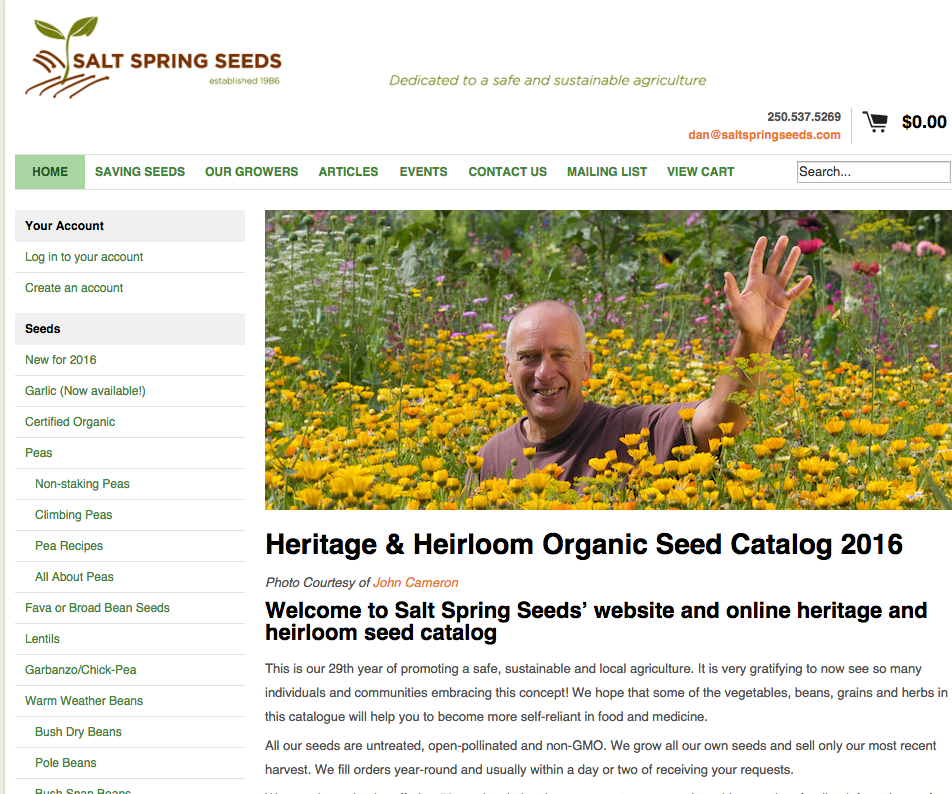
They can offer you 100 kinds of beans, 50 kinds of garlic and so much more.
Seed Savers Exchange

Are you looking for heirloom seeds? This is the place to get them. They are a nonprofit and ready to help save the planet.
Southern Exposure Seed Exchange
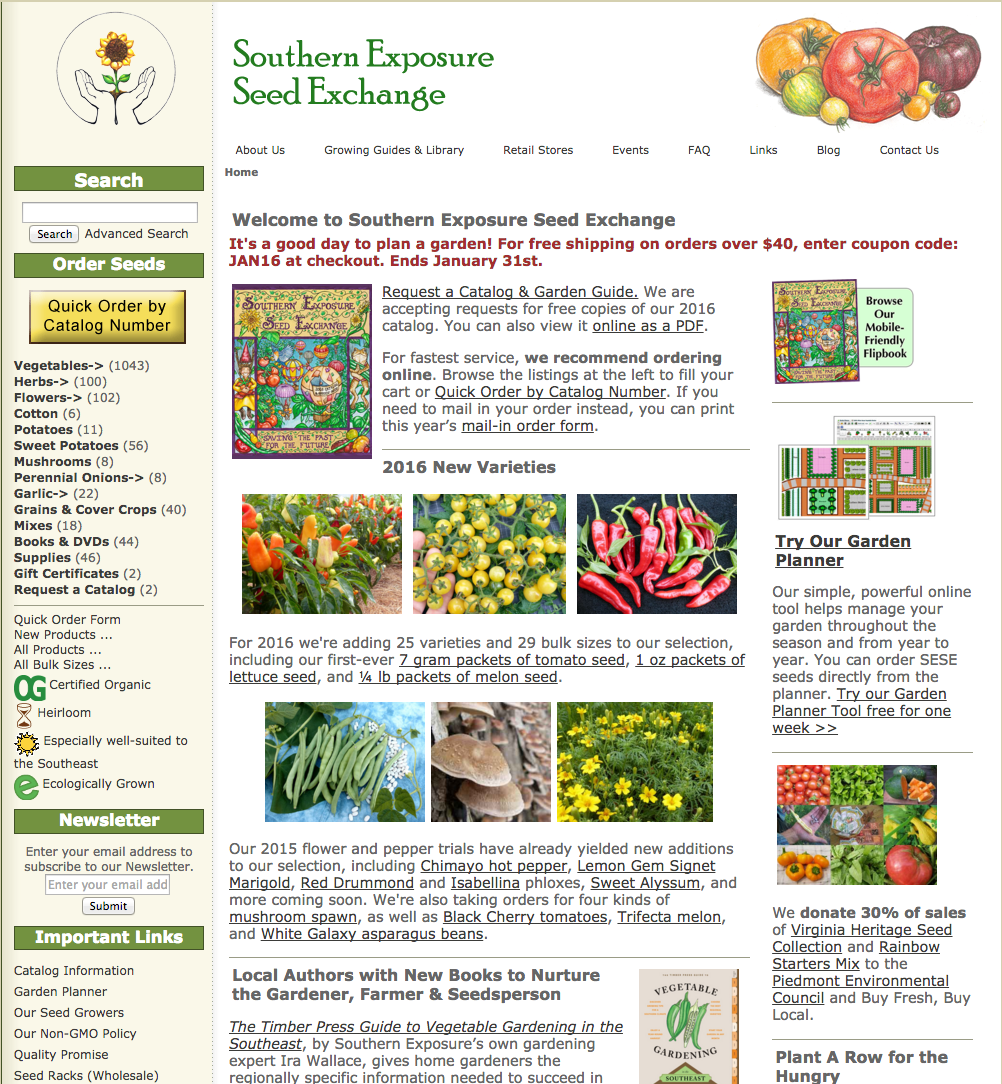
They have over 550 kinds of open pollinated, heirloom and traditional seeds and they grow most of their seeds on their own farm.
Tomato Growers Supply Co.
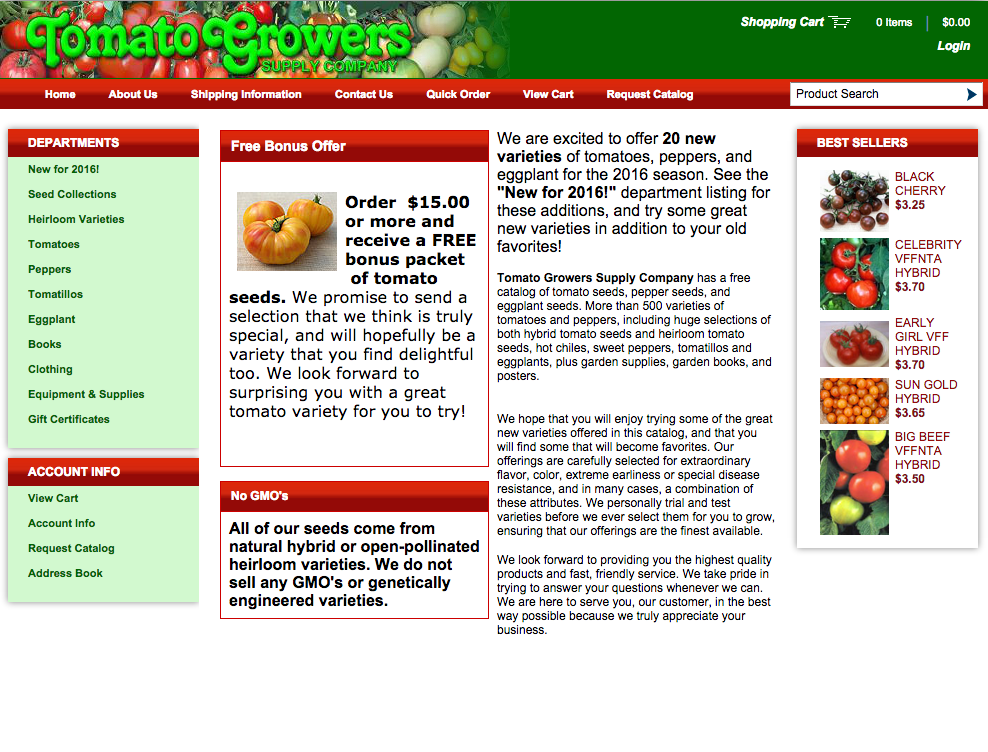
They have a huge variety of tomatoes and peppers that you can’t find any place else.
There are so many more seed catalog companies to choose from that will provide you with whatever you may be looking for this year!
What are your favorite seed catalogs?
The post 10 Best Seed Catalogs To Help You Get Your Garden Started appeared first on Gracious Gardening.
]]>The post Should You Use Commercial Plant Foods? appeared first on Gracious Gardening.
]]>Your garden is a personal monument that you manifest from your own two hands. How you decide to nurture and cultivate it is all up to you. Many people want things to produce as quickly and painlessly as possible, so they may use a product that promises quick fast results with materials that may be harmful and destructive when reading the fine print. There are those of us who want things to be all natural to the core, so every ingredient must be to a higher standard. Should you use a commercial plant food for your beloved plants? Well, that all depends on the results you are looking to achieve and how hard you want to work for it.
What’s the big deal?
You have the option to use strange chemicals that may be harmful to your health and the environment, or you can use organic products for your plants that are derived from nature. Basically, all of the vitamins and minerals that your garden need have been provided to us naturally. No synthetic product can do it better, although they can make things seem quicker, nicer smelling, with less mess.
Here is what nature has to offer:
A fish is quite tasty on your plate, but it contains nitrogen which will enhance your plant’s growth. You can get this in a more pliable form called fish emulsion that has been processed, in case you don’t want to use an actual whole fish. Manure is the main organic plant food that many people flock to. It can be harvested from cows, chickens, pigs, and horses, or whatever farm animal you have on hand. Your neighbor may complain about the smell, but when you share your fresh juicy veggies with them, they will forgive you. There is also bone meal from animal bones, blood meal which is a natural form of nitrogen, and cottonseed meal derived from cotton.
The synthetic way:
Miracle-Gro products do give you choices of using their regular line or organic line. They make things grow quicker and bigger, but some of the ingredients are not always derived from nature, such as ammonium phosphate and traces of metals. Read the ingredients of your fertilizers and plant foods to see exactly what you are giving your plants. Just because this has been used for plants over the years doesn’t make it right, or safe for you.
We can all live without extra metals and salts in our system. If you will be consuming these vegetables, it would be advised to make the effort to use organic or natural plant foods. If you plan to use plant food for potted plants or your lawn, it may be safer to use the synthetic products. It is all in a matter of taste. Do what you feel is right for you and your family.
Do you use commercial plant food?
The post Should You Use Commercial Plant Foods? appeared first on Gracious Gardening.
]]>The post Time To Start Armchair Gardening appeared first on Gracious Gardening.
]]>When the weather turns cold, and there isn’t much you can do outdoors, many of us take to our seed catalogs to think about what we want to plant in the warmer months to come. This is called armchair gardening. Basically, you sit in your chair, and plan your garden from the comfort of your own home.
While you might not be doing a lot of work, it’s actually a pretty important step in regards to your overall yearly garden. Checking out your favorite seed magazines is a great way to see what suppliers have in stock. Many times you will find new and interesting plants that will compliment your garden.
Seed Savers is a great website, where you can request a free catalog, and you can find a selection of heirloom seeds. The 2016 catalog is completely new, so definitely check it out. This website also has a great list of free seed catalogs.
Again, you may not feel like you’re doing much, but planning ahead is vital to growing a luscious and successful garden in the new year.
What is your favorite seed catalog?
The post Time To Start Armchair Gardening appeared first on Gracious Gardening.
]]>The post Five Things Professional Landscapers Do To Their Yards Every Fall appeared first on Gracious Gardening.
]]>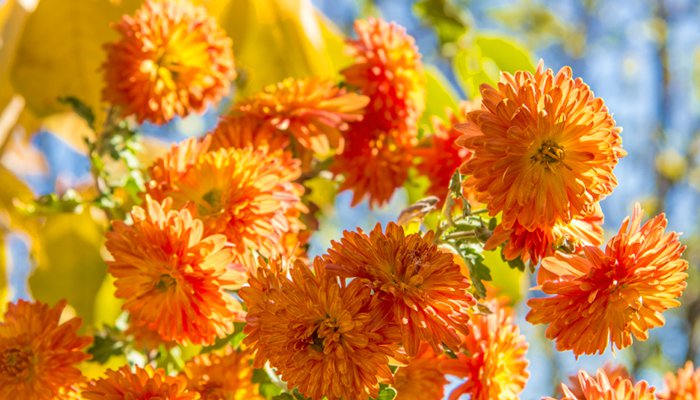
- Cut: Give your yard one last cut. Even if the lawn appears to have hit that point where it is not growing, there is still new growth in some places. Around the end of November, give the entire lawn one last cut to make sure the grass blades are a uniform length for the winter. This allows even exposure to the winter sun and prevents mold and other issues.
- Test the pH levels: Before you reseed the lawn and take care of overly stressed spots left over for summer, send in a soil sample to test the pH levels of your soil. Only after you have addressed any deficiencies in the soil can you reseed with new grass. To do so in unhealthy soil is a waste of time and money. Soil testing runs around $15, and it is money well spent. Use a certified seed for reseeding as it will grow better and there will be less weed seed and almost no filler.
- Prune: Fall is a great time to prune back your hedges, trees and many flowering perennials. This allows for more controlled growth in the spring and keeps the plant healthy by not having to use energy to nourish unnecessary growth. Do not prune back hydrangeas or lilacs as they can be damaged and new blooms in the spring will be sparse.
- Plan for spring: Now is the time to plan for spring and maybe even plant for new spring growth. You may need to divide some fast growing healthy plants or you may need to plant new bulbs for spring growing. Now is the time to draw out a map of how you want the landscape to look and plan accordingly.
- Take care of your tools: Fall is also the time to take care of your tools. Clean and service any lawn equipment before putting it away for the winter. Flush out and store hoses and attachments so they will be protected during the winter months. Allowing water to stand in your hoses can damage them as water freezes and expands. Everything should be put away to await the spring when you will find your tools and equipment in good shape, saving you time and money.
These five things pro landscapers do to their yards every fall will help you make the most out of those last few yard maintenance sessions as the summer winds down and the crisp air of fall begins.
Do you have any fall gardening tips?
The post Five Things Professional Landscapers Do To Their Yards Every Fall appeared first on Gracious Gardening.
]]>The post Time To Try Gardening With… Diapers? appeared first on Gracious Gardening.
]]>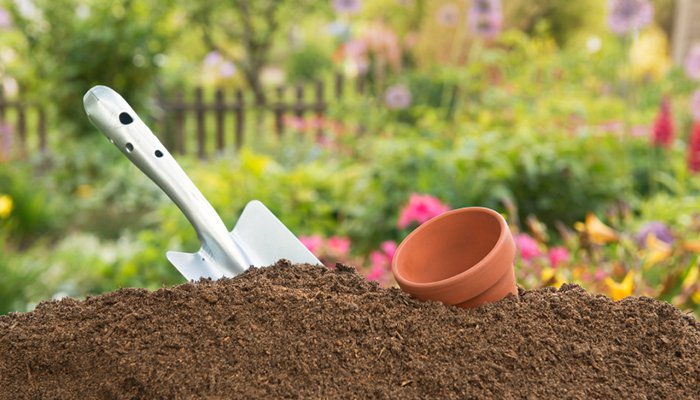
How it all Works
If you have babies you have seen the amazing moisture retaining quality of today’s disposable diapers. These things have a small amount of crystals down the center that are embedded in cotton fibers. When moisture enters through the permeable barrier, these crystals can retain up to 500 times their weight! If you can harness that water retention potential in your flower pots and hanging baskets, your watering schedule could be cut in half and your plants could be protected from extremely hot and dry conditions that would normally stress it out even with the best watering schedule.
Make a Super Soil
The first way to use a diaper in gardening is to make a super soil. This is very simple to do. You will need to large container, a couple of disposable diapers, and some commercial potting soil. Open the diapers and place them in a container. Pour about four cups of water over each one and wait until all the water is absorbed. Detach and pull off the outer layer of material and you should see the gel like cotton and water crystals. Dump the gel into your mixing container. Pour in an equal amount of potting soil and use your hand to mix the gel and soil together. Now you can use this super soil to pot all your new plants.
Use the Crystals alone
You can open up a diaper and shake out the crystals. There is really a very small amount in each diaper. However, you can use the crystals alone and mix them with water to create a great solution for supplementing the soil in your potted plants or to help preserve fresh cut flowers for longer amounts of time. These crystals from diapers retain moisture and help you conserve water and grow healthy plants.
Do you know of any other uses for diapers in the garden?
The post Time To Try Gardening With… Diapers? appeared first on Gracious Gardening.
]]>The post Perfect Little Evergreen Plants And Shrubs appeared first on Gracious Gardening.
]]>Adding evergreen plants and shrubs to your landscaping will ensure that there is something interesting happening in your beds and yard all year long while also providing much needed color during the winter time
- Daphne: This slow growing evergreen plant is a great plant for borders or rock gardens. They also can thrive in the shade, so they can be used in obscure, shady spots in your garden where little else can grow well. They bloom in late winter and early spring with tightly bunched groupings of flowers that range in colors from greenish yellow to white to pink. Daphne comes in both plain leaves and variegated versions with a creamy yellow band running along the edge of the leaves.
- Box: Box plants are one of the most popular evergreen plants used to supplement home flower beds or hedges. They can be shaped through trimming to resemble a box hedge (hence the name) or be trained into traditional topiary shapes. They have tiny leaves that are bright to dark green. Box is another evergreen that does well in shade which adds to its attractiveness as a hedge around a home since it does well in all areas. When in full sun, the plant will need adequate water to prevent the leaves from scorching. Good drainage is important, so make sure you plant them in areas where the water is sufficient, but drains well.
- Lavender: The beauty and smell of lavender make it an attractive choice for gardens everywhere. Lavender is such a versatile plant that many feel it is a must for every garden. Good for container planting or adding to borders or flower beds, the silvery green plant blooms with purple, lilac or pink blooms that have a very sweet smell. Lavender can also flourish in drought conditions which make it a great evergreen for dry zones. Another plus is it is a favorite plant of both butterflies and bees.
- Euonymus: Euonymus is a great evergreen plant for ground cover. The leaves are bright, glossy green and trimmed in a white or creamy yellow color. They are hardy plants that can be used for ground cover or trained to climb. This plant is famous for enduring poor growing conditions which make them ideal for climbing north facing walls, growing in coastal regions and in the shade. Euonymus is also very low maintenance which makes them an attractive choice for someone who wants a maintained look without a lot of effort.
Try these evergreen plants and shrubs to keep your yard looking beautiful all year long.
The post Perfect Little Evergreen Plants And Shrubs appeared first on Gracious Gardening.
]]>The post Poor Soil? Try Sheet Composting appeared first on Gracious Gardening.
]]>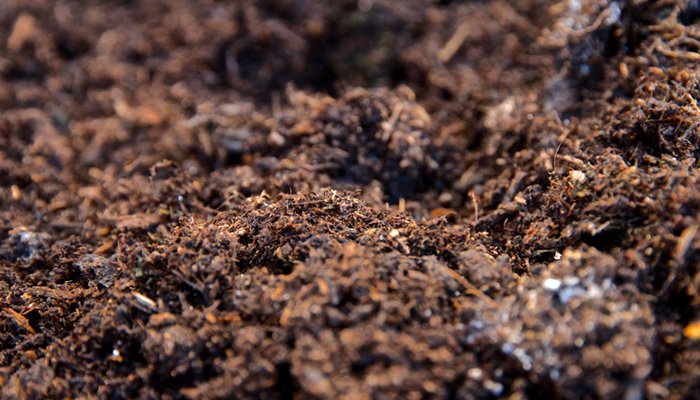
What is sheet composting? It is a layered process of preparing the soil so that it is healthy, nutrient rich, aerated and weed free (or close to it). Also called the lasagna method of soil preparation, sheet composting is easy to do and reaps a plethora of benefits. Here are some quick and easy steps to sheet composting to do in the fall in order to prepare your soil for your garden next spring.
- Cut Down: Cut down the vegetation in the area you are going to prepare. Pull up any existing plants and then mow over the area with the lawn mower on the lowest setting you can comfortably use.
- Test: Test your soil’s pH levels and adjust as necessary for the plants you plan on using in your garden.
- Water: You are going to be blocking the sun and water from the area to a certain extent, so you want to start with a well saturated area.
- Weed compost: Place a layer of weed compost (compost made of materials with weed seeds) directly on the ground and cover with a thin layer of hay or straw. The hay or straw can already be in the decomposition process or wet. Also add nitrogen based, long term fertilizer to this layer.
- Weed barrier: The next step is to place a weed barrier. The idea is for the weeds in the soil and compost to be denied sunlight and room to grow so they decompose. The most common weed barrier is cardboard. Break down large boxes and cover the area. Make sure to use a good three to four inches of overlap where needed so the weeds don’t find a crevice from which to grow.
- Compost: Now lay a layer of compost that is several centimeters thick. This needs to be weed free compost. Grass clippings, decaying fall leaves, kitchen scraps (avoid meat, fish and dairy) or any other organic, weed free material can be layered here as well. Look for nitrogen rich additives to help the soil break down the material but also retain a healthy amount of nitrogen.
- Mulch: Finally, cover everything with about three inches of weed free mulch. Spread the mulch out evenly, and water the entire area thoroughly.
Now you can just leave it for the winter. When spring arrives, the breakdown should be complete and you are ready to hoe your rows and plant is earth that is rich enough to be called “black gold.” Additionally, the amount of weeding you have to do will be greatly reduced, saving time and energy. What is sheet composting? Simply put, it is layers of organic material and weed barriers that lets your soil be all that it can be.
Have you tried sheet composting?
The post Poor Soil? Try Sheet Composting appeared first on Gracious Gardening.
]]>The post The Top Five Winter Plants To Help You Garden All Year Long appeared first on Gracious Gardening.
]]>Even fall gets a little attention as the leaves start to turn, you clean up the aftermath of spring and summer and you prepare for the dreaded winter. However, there are several plants that can give your garden beauty all year long and even give that winter wonderland a dash of color. Here are the top five winter plants to help you use that green thumb all year long.
Camellia
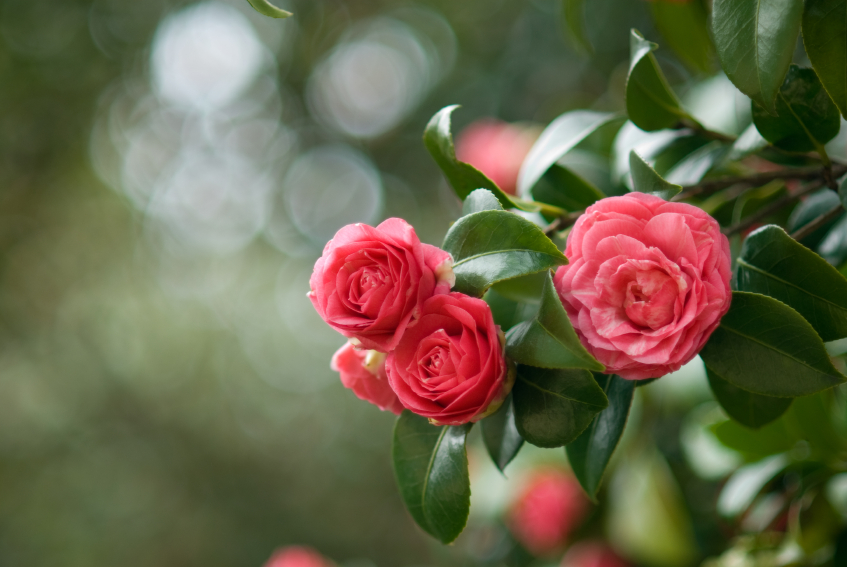
With over 200 varieties available, you are sure to find a camellia that suits your fancy. While ideal to hardiness zones seven through nine, there are even a few varieties of camellias that have been developed as cold weather hybrids. Planted in partial shade and given plenty of mulch and water during the winter, camellias can thrive and bring beautiful greenery and blossoms in your garden year round.
Holly
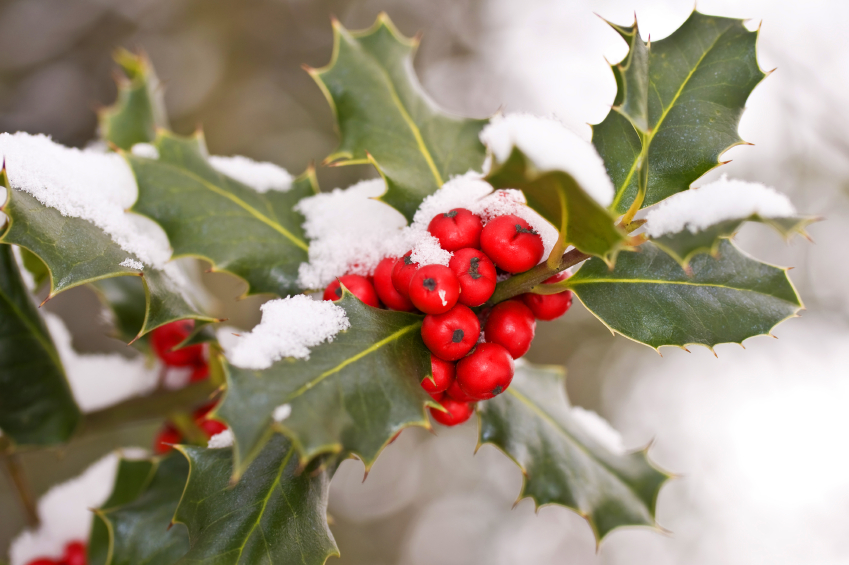
What more can you ask for than an evergreen that is drought tolerant and can grow almost anywhere across the United States? Holly is one of the most versatile evergreens available for your garden. Very popular for holiday decorations and with over 400 varieties to choose from, holly is a favorite in almost any landscape. From glossy, shiny green leaves to variegated color and with berries from bright red to yellow, you are bound to find a holly plant that will liven up your winter garden.
Snowdrops
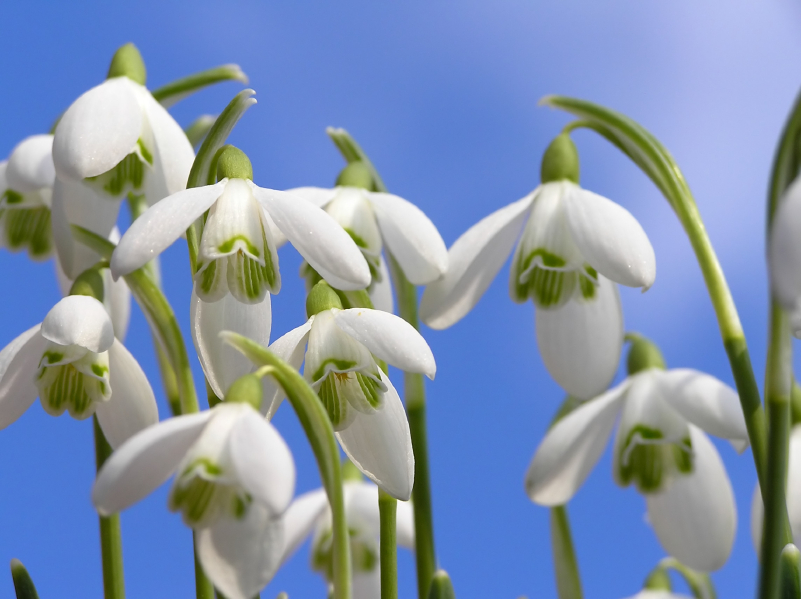
For those colder hardiness zones up north you should be planting the toughest, yet most delicate looking plant. That plant is the snowdrop. This delicate stem with a bell shaped white flower can even pop up through the snow and survive. Ideally, this plant needs to be planted in zones two through seven, and will not do well in the southern climes. Snowdrops tend to grow to about six inches, but some newer hybrids can reach up to ten inches.
Witch Hazel
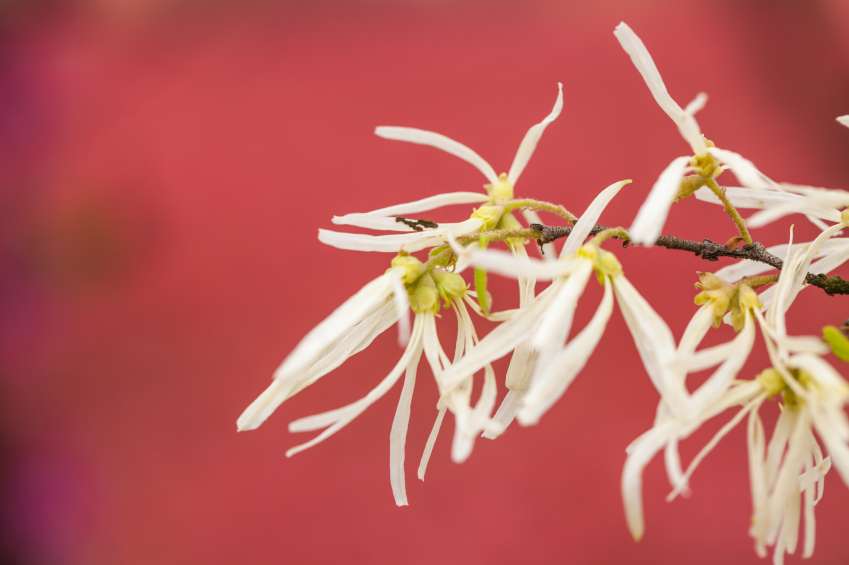
Witch Hazel is another wonderful winter plant. This deciduous scrub can grow up to twenty feet and is a great tree for privacy hedges. One of the beauties of having witch hazel is that it blooms in late fall and early winter giving a beautifully fragrant display of yellow flowers when much of everything else has stopped blooming for the year. Perfect for hardiness zones three through nine, witch hazel is well liked across the United States as a favorite winter plant.
Hellebores
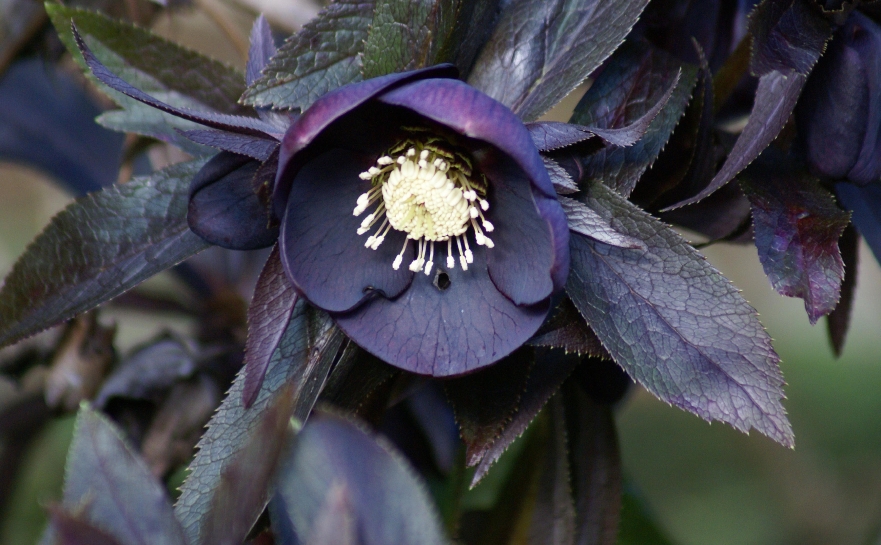
Perfect for zones four to eight, hellebores is a nice plant that blooms early, many times in January, giving drab winter a splash of color. The best thing about hellebores is that it is pretty much maintenance free so even the most inept of gardeners can rest easy when planting them in their flower garden.
These top five winter plants will give you some ideas of what you can plant in winter no matter where you live.
What are some of your favorite winter plants?
The post The Top Five Winter Plants To Help You Garden All Year Long appeared first on Gracious Gardening.
]]>The post The Best Bulbs To Plant Right Now appeared first on Gracious Gardening.
]]>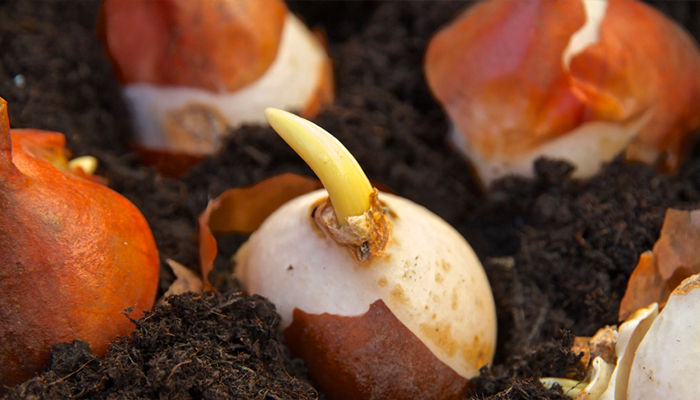
It is not as easy as just dropping the bulbs in and leaving them, but planting bulbs for spring is not overly difficult either. Check with your local nursery or garden center to get advice on when to plant. Also, assess your yard and the layout you are going for. Remember, if planting bulbs you will have to let them set even after the blooms have fallen off to recharge for the next growing season.
Plan ahead by placing them where the dying foliage is either camouflaged or where you won’t be mowing down the foliage too soon. With all that being said, here are some of the best bulbs for fall planting that will come up beautifully in the spring.
- Dutch Iris: The Dutch Iris comes in beautiful blues, yellows and magenta purples. This colorful flower grows to be about two feet tall, and create the lovely allusion of a spring meadow when planted among ornamental grasses. This also allows a camouflaged effect when the blooms fall and you are waiting for the leaves to do their post bloom job of preparing for next spring. This bulb does well in almost every zone and naturalizes well which means you will enjoy them year after year.
- Darwin Hybrid Tulip: Darwin Hybrid Tulips are the largest variety of tulip and grow to be about two feet high. These flowers are great for tall vases, and their large cuplike appearance makes them a lovely addition to any flower bed. Coming in many colors, you can find orange, yellow, pink and white varieties to spice up your garden. Southern gardeners will need to chill the bulbs in the refrigerator for about six weeks prior to planting.
- Parrot Tulip: This tulip is a more open tulip with ruffled edges. The Parrot tulip is so named because the mixture of colors can be a vibrant and varied as a parrot. Planted in large containers, these bulbs produce beautiful flowers that bring color screaming into spring. Another good way to display these flowers is to plant on a low hill behind white or purple violas.
- Daffodil: A traditional favorite, the daffodil is a plucky little flower that stands the test of time. They tend to survive year after year no matter the damage done to the growing area. The beauty of the daffodil has even been immortalized in the famous poem, “I Wandered Lonely as a Cloud” when the poet gushes over the lasting impression a field of daffodils made upon his life. You can never go wrong with a daffodil in your glower garden.
These best bulbs for fall will allow you to plan ahead and get started on those spring blooms that will be coming up over the long winter!
Do you have any fall planting tips?
The post The Best Bulbs To Plant Right Now appeared first on Gracious Gardening.
]]>The post Tips On Growing Gorgeous Cyclamen Plants appeared first on Gracious Gardening.
]]>Temperature
Follow the temperature guidelines, no matter what. A cyclamen will be much happier in a home that is over 68F in the day or 50F at night. If it’s too cold, it’ll struggle. However, too much heat will burn the poor thing, and it’ll die in no time. It prefers a cooler area, so keeping it in a shady place, or in indirect sunlight indoors, is the perfect choice. Since it can be so finicky, it’s usually considered to be better as a houseplant than grown outdoors where you can’t control the temperature as well.
Water
One of the most essential parts of taking care of a plant is the correct watering. Even with the best soil in the world, a plant can’t thrive without proper watering. Cyclamen are somewhat picky about how they’re watered, but that doesn’t mean it’s difficult. As long as you pot it in soil that has great drainage, or add some extra drainage holes and rocks at the bottom of the pot, your plant will avoid most of the risk of overwatering. As for underwatering, try to avoid pouring water into the dirt if you can see that it’s still wet, but don’t leave it alone for long. You’ll be just begging for trouble if you wait long enough to see the plant start to droop and fall apart from lack of water. It’s better to add in some extra rocks at the bottom to provide better drainage than to risk underwatering.
Nutrients
Thankfully, the cyclamen plant isn’t a deep feeder, so it doesn’t need a lot of nutrients. A small amount of fertilizer mixed into any well-draining soil will provide more than enough for your plant. Stick to a very small amount of fertilizer in the spring, and you’ll be good to go! If you do decide to stick to a non-fertilized soil compound, rather than buying a storebought potting soil, you can use an all-purpose flower fertilizer, since it should be an even mixture of nutrients.
A cyclamen isn’t the pickiest plant out there, but it can be tricky for some beginning gardeners. As long as you keep it in indirect sunlight and cool, water it properly, and don’t overfeed it, you’ll have an amazing plant that flowers beautifully. Brush up on how to help the cyclamen go dormant in the winter, and come back in the spring, and you’ll have an amazing plant that will last you for years!
Do you have any tips for caring for a Cyclamen plant?
The post Tips On Growing Gorgeous Cyclamen Plants appeared first on Gracious Gardening.
]]>